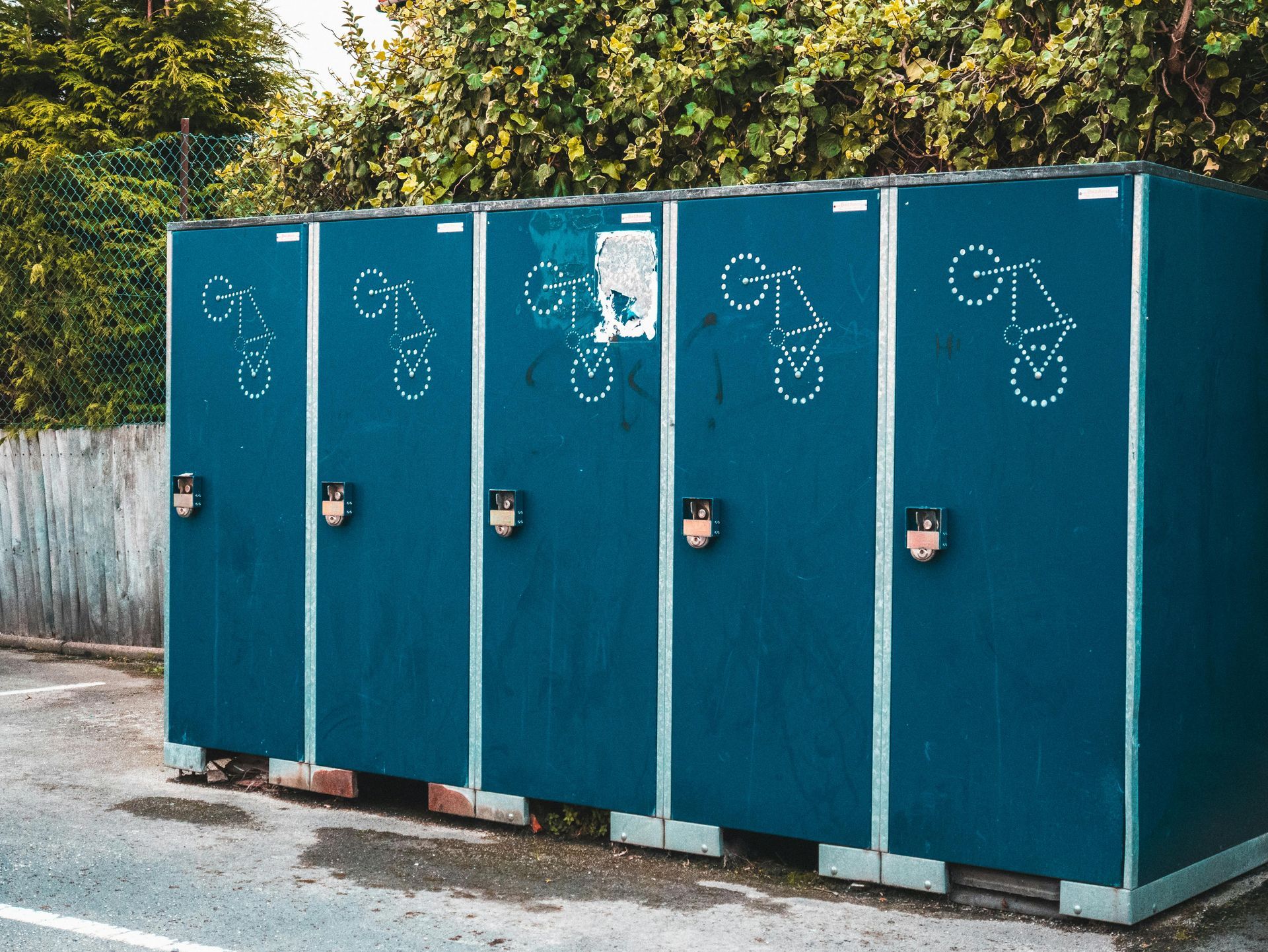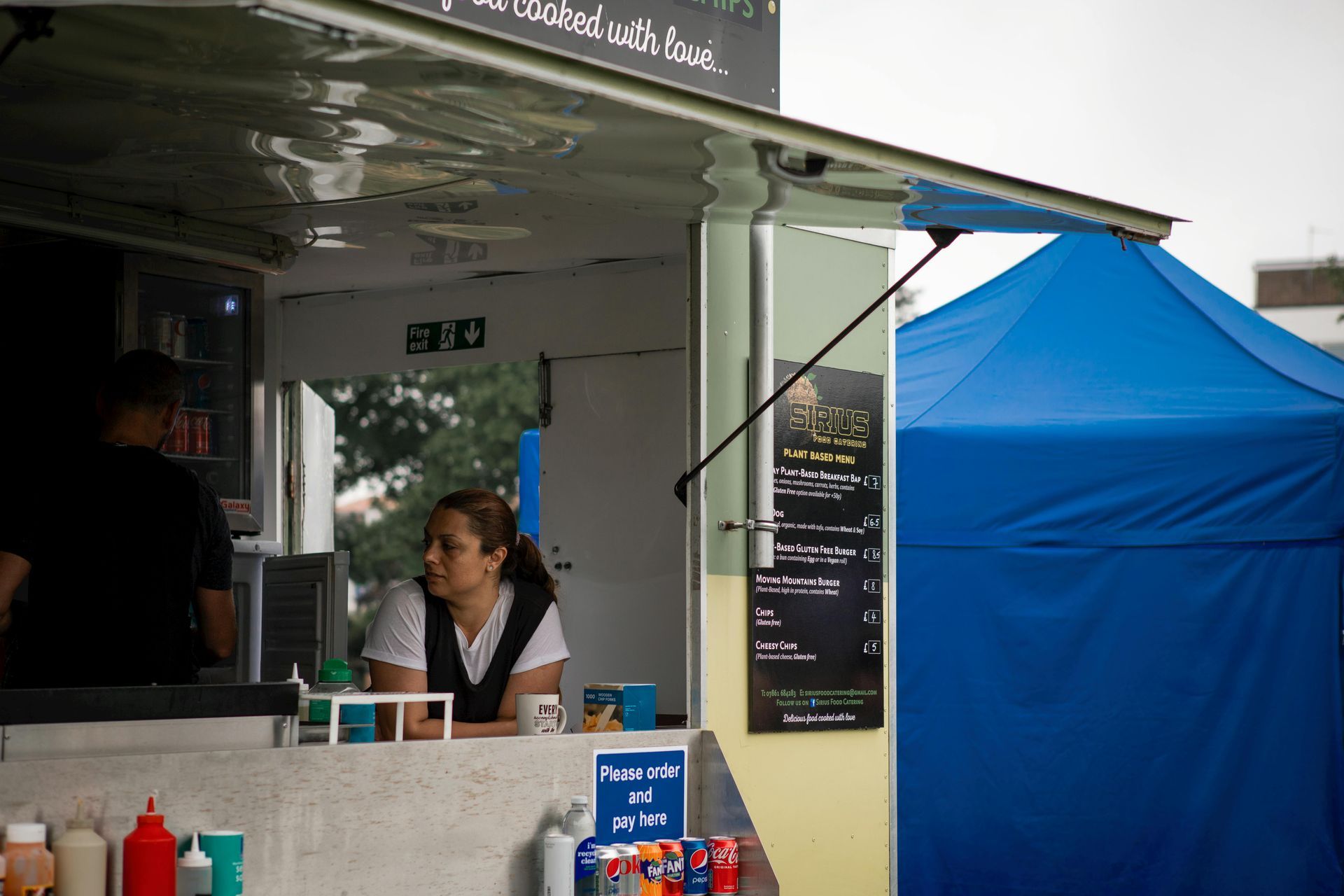How to Host a Fundraiser
Best Practices for Hosting a Successful Fundraiser

How to Host a Fundraiser
Planning a fundraiser can sound intimidating, whether you're a recent college grad looking to support a cause you care about or a retiree organizing a community gala. But trust me—after years of planning everything from cozy bake sales to black-tie charity galas, I’ve learned that successful fundraising events are less about perfect execution and more about connecting people to a cause in a meaningful way.
In this guide, I’ll walk you through how to host a fundraiser step by step, sharing some pro tips and personal stories that might save you stress—and hopefully raise more money in the process.
Start with Your “Why”
Before you book a venue or send an invitation, the first step is defining your purpose.
- What cause are you supporting?
- How much money do you want to raise?
- What story will connect people to this mission?
Years ago, I coordinated a fundraiser for an animal rescue shelter. Initially, the board just wanted “an event.” But once we honed in on why—saving abandoned pets in our town—the fundraiser became much more powerful. People don’t just give to events; they give because they believe in a cause.
🎯 Tip: Write down a simple, one-sentence goal. Example: “We want to raise $10,000 to provide school supplies for 500 students.”
Choosing the Right Type of Fundraiser
Not every fundraiser needs to be a glamorous gala. The best type of fundraiser depends on your audience, your resources, and your community.
Here are some popular options:
Casual Community Events
- Bake sales, yard sales, or car washes: Low-cost, easy to plan, and connect well with schools or small organizations.
- Walkathons or bike rides: Great for health-focused charities.
Ticketed Experiences
- Dinners, luncheons, or wine tastings: These can be formal or casual, but usually rely on ticket sales plus sponsorships.
- Concerts or performances: Perfect if you have local talent who want to donate their time.
Auctions & Raffles
- Silent auctions are classics—guests bid on donated items.
- Raffles are lower lift but can bring excitement (just check state/local laws for permits!).
Virtual & Hybrid Events
- Online trivia nights, livestream concerts, or crowdfunding campaigns combined with in-person gatherings.
Budgeting Without the Headache
A fundraiser should raise money—not lose it. Too many planners (especially first-timers) get caught up in hosting an event that’s “too big for its britches.”
Create a Budget Spreadsheet (and Stick with It)
Break it down into categories like:
- Venue & permits
- Catering/food/drinks
- Entertainment/decor
- Marketing & printing
- Technology (microphones, streaming, or ticketing software)
🎯 Rule of Thumb: Try to keep costs below 30% of your fundraising goal. So if you aim to raise $10,000, plan to spend no more than $3,000.
Pro tip: Always ask vendors if they’ll offer charitable discounts or in-kind donations. Caterers, printers, and even DJs often give discounts when they support the cause.
Building the Right Team
Even the most detail-oriented planner can’t do it all. Successful fundraisers rely on teams.
Delegate Roles:
- Sponsorship lead: approaches local businesses or foundations.
- Logistics lead: handles venue, permits, and vendors.
- Marketing lead: creates flyers, newsletters, and social media posts.
- Volunteer coordinator: organizes people to run check-in, sell raffle tickets, and more.
Marketing & Promotion: How to Get People There
You can plan the best event in the world, but if nobody shows up, your fundraiser flops. Marketing matters!
Mix Old and New Methods
- Traditional: Posters, flyers, local newspaper ads, community bulletin boards.
- Digital: Social media campaigns, Facebook event pages, Instagram reels, and email blasts.
- Word of Mouth: Train your team/volunteers to personally invite friends, coworkers, and family.
🎯 Tip for Younger Planners (18–35): Don’t underestimate the power of printing physical flyers for older community members who may not live on Instagram.
🎯 Tip for Older Planners (50+): Don’t underestimate how quickly TikTok or Instagram can spread awareness for free. A short, heartfelt video about your cause can do wonders.
Engagement on Event Day
The event itself isn’t just about fundraising—it should feel like a celebration and a story. People should leave knowing exactly how their contributions matter.
Elements That Boost Donations:
- Storytelling: Share a short video or speech about the impact.
- Donation appeal: Don’t be afraid to directly ask. Frame it around outcomes (“Your $50 will feed a family for a week”).
- Interactive activities: Photo booths, games, or live art stations can make it memorable.
👉 Pro Anecdote: At one gala, we invited a scholarship recipient to speak. She shared her story of being the first in her family to attend college thanks to donations. There wasn’t a dry eye in the house—and donations tripled during the paddle raise afterward.
How to Ask for Money (Without Feeling Pushy)
This is the part that makes so many people uncomfortable. But remember: if people showed up, they already care about the cause. You’re offering them a chance to make a difference.
Best Practices for the Ask
- Be specific: Tie dollar amounts to outcomes.
- Show gratitude at every stage: before, during, and after donations.
- Make it easy: Provide multiple ways to give (cash, credit card, online, QR codes).
Follow-Up Is Everything
One of the biggest mistakes I see is planners who stop once the event ends. The real magic happens after.
Always Follow Up:
- Send thank-you emails within 48 hours.
- Share the results—how much was raised and what it will achieve.
- Post event photos online (with permission) and tag attendees/vendors.
- Invite people to get involved again for the next fundraiser.
\
Final Thoughts
Hosting a fundraiser doesn’t have to be overwhelming. It’s about people, passion, and purpose. With the right planning—defining your goals, choosing the right format, keeping a balanced budget, building a team, promoting effectively, and following up—you can create a memorable event that genuinely makes an impact.
Even if it’s your first time, remember: people aren’t expecting perfection. They’re showing up for the cause. The event is just the vehicle that brings them together.
So take a breath, write down your “why,” and get started. The world always needs more people willing to put in the effort for something bigger than themselves.
To find more sources about fundraising click here.







